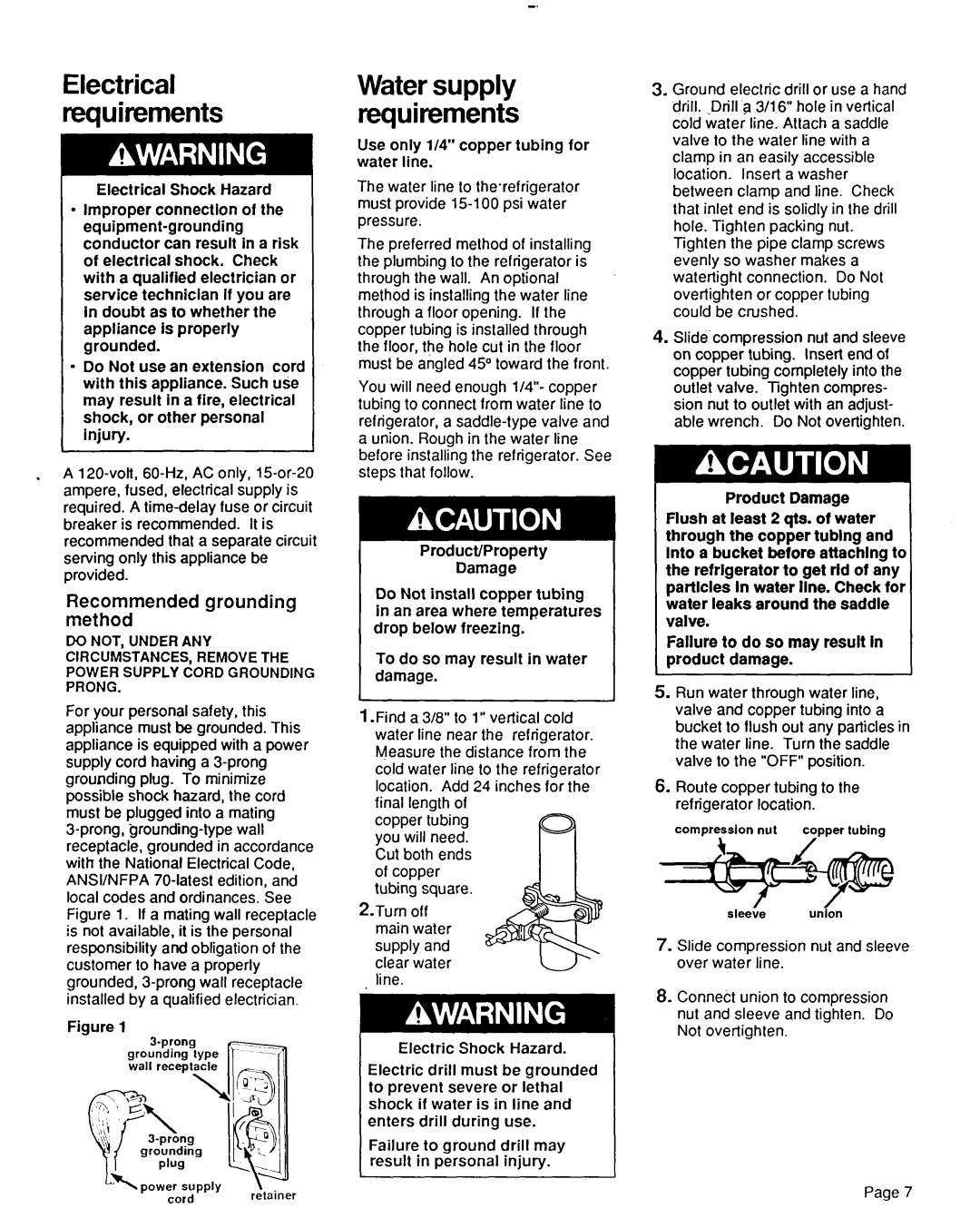2000-101 specifications
The KitchenAid 2000-101 is a versatile countertop appliance designed to cater to the diverse needs of home cooks. Renowned for its exceptional build quality and innovative features, this model brings a new level of convenience and efficiency to the kitchen.One of the standout characteristics of the KitchenAid 2000-101 is its powerful motor. With robust performance, it can easily handle a wide variety of tasks, from mixing heavy doughs to whipping cream with precision. The motor's reliability ensures consistent results, allowing users to achieve the perfect texture for a range of recipes.
The design of the KitchenAid 2000-101 is both functional and aesthetically pleasing. It features a sleek, compact form that fits well on any countertop, making it an attractive addition to the kitchen décor. The appliance is available in multiple color options, enabling users to select one that complements their kitchen style.
A prominent feature of the 2000-101 is its user-friendly control panel, which simplifies operation. With speed settings that allow for total control, users can effortlessly adjust mixing speeds to suit different tasks. The appliance also includes a tilt-head design, providing easy access to the mixing bowl, facilitating hassle-free ingredient addition.
Versatility is another key characteristic of the KitchenAid 2000-101. It comes equipped with various attachments that can be easily interchanged. These include a flat beater, dough hook, and wire whip, providing the capability to mix, knead, and whip effortlessly. Furthermore, the attachment hub is compatible with a range of optional accessories, allowing users to expand the appliance's functionality, from pasta makers to food grinders.
The 2000-101 also prioritizes safety and efficiency. The sturdy construction guarantees stability during operation, while the bowl lock mechanism ensures secure mixing, thus preventing spills and accidents.
In terms of maintenance, the KitchenAid 2000-101 is designed for easy cleaning. Removable components can be quickly disassembled and are often dishwasher-safe, making cleanup a breeze after cooking sessions.
Overall, the KitchenAid 2000-101 stands out in the realm of kitchen appliances. Its combination of power, design, versatility, and user-friendly features makes it an ideal choice for both novice cooks and culinary enthusiasts alike, ensuring that it meets the demands of a modern kitchen. Whether baking, mixing, or whipping, this appliance is sure to deliver impressive results.

